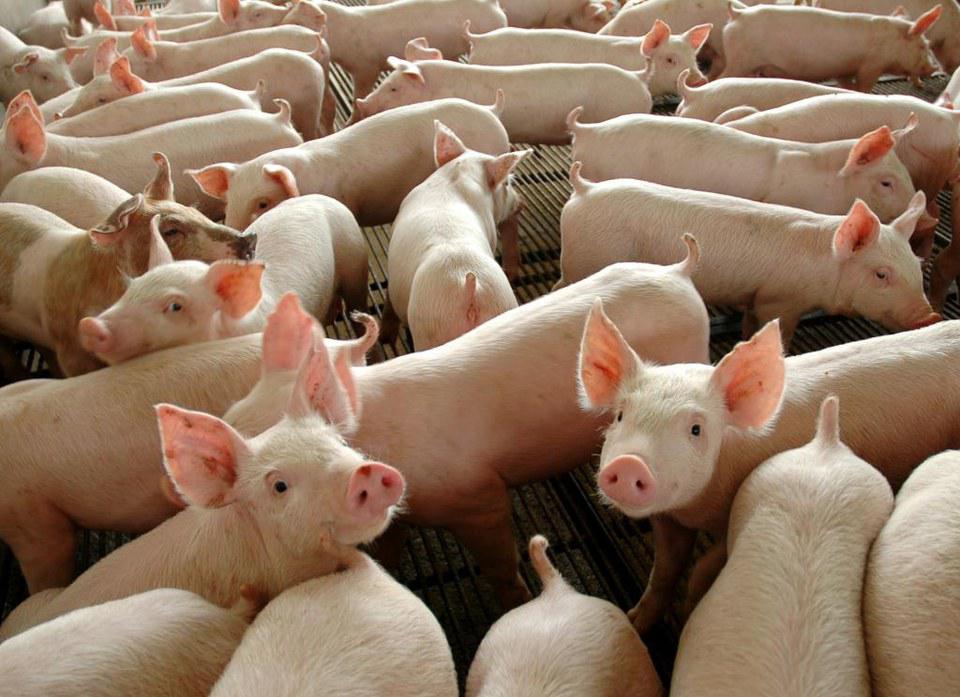Porto Alegre, April 4, 2024 – In the first half of March, the USDA attaché in Beijing released a biannual report with estimates for Chinese pig farming, with sharp differences compared to the official data indicated in January. It is worth noting that the official data from USDA will be released on April 11. In any case, the attaché’s numbers can provide a good overview of the Chinese market trend for 2024 and 2025.
Slaughter is the first issue to be considered. The attaché estimates that it should reach 705 mln head in 2024, above the official data released in January, of 695 mln head.
The matrix herd in the initial position of 2024 was put at 41.420 mln head. Recently, the Chinese government reduced the country’s target to 39 mln head of matrices, a number that authorities see as a balance point for the market. According to a recent release from China’s Ministry of Agriculture and Rural Affairs, the country’s matrix herd reached 40.42 mln head at the end of February. The adjustment process happens quickly. The slaughter of matrices tends to prevent aggressive price highs in the semester.
Chinese pig farming is more professional than it was 10 years ago, making significant progress in terms of productivity. African swine fever generated a great period of stress for the country but led to aggressive investments. There was an advance of large companies to the detriment of colonial production. By way of comparison, in 2013, China’s pork production was 54.93 mln tons for a matrix herd of 50.43 mln head. For 2024, the attaché estimates production at 55.95 mln tons, with a herd of matrices lower by approximately 9 mln head. Of course, other variables help determine the level of production, but the number of matrices required to balance the market draws attention. In 2023, pork production in China was estimated at 57.94 mln tons.
The year 2024 will be challenging for the Chinese pork chain, largely due to the level of pork supply last year and the difficult economic scenario, which impacts consumption. The local herd and production continue to be in the process of adjustment, with projections of decline. The crisis in the construction sector is emblematic, GDP slows down, and authorities adopt aggressive measures regarding interest rates and credit, but concrete effects take a while to have some effect on the real economy.
As for consumption, the attaché estimates it to hit 57.800 mln tons in 2024, a decline of 3.25% compared to 59.741 mln tons last year.
It is worth considering that the Chinese government purchased plenty of frozen pork on the market for the state reserve to stabilize prices. When pork and live pig prices reach healthy levels, such volumes will be made available on the market. However, there are still losses among pig farmers in China, as can be seen in the attached graph, highlighted in the attaché’s report. China will not need to boost imports, not this year at least. The attaché pointed out this year’s Chinese imports of 1.950 mln tons, a slight increase over the 1.897 mln tons indicated in 2023. The beginning of the recovery of the Chinese economy will probably happen together with a tighter pork supply in China, in 2025, which will favor prices all over the swine chain.
Therefore, Brazil should not have high expectations of sales to China in the short and medium term, perhaps with some improvement in the second half of next year. Thus, the country should continue looking for the expansion of pork exports in potential markets such as Japan, the Philippines, Singapore, South Korea, Chile, and others. The supply of pork in Brazil will remain at a high level, as described in recent reports by SAFRAS & Mercado, and this means that prices will remain at very competitive levels for exports.
Copyright 2024 – Grupo CMA

